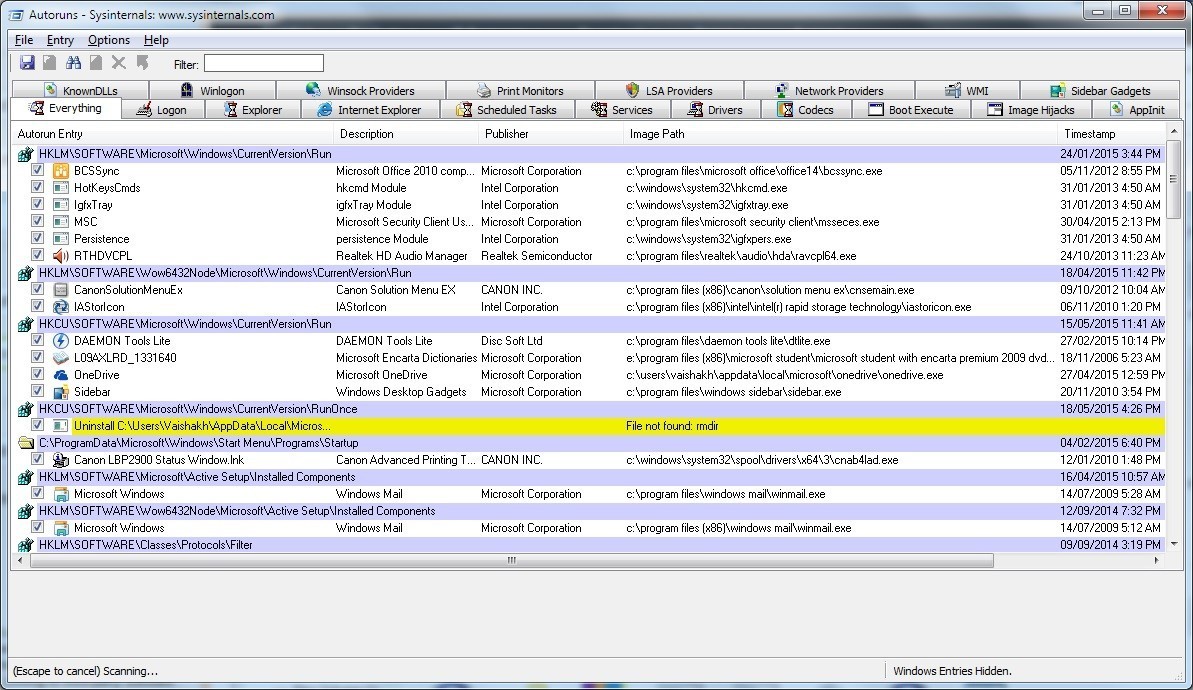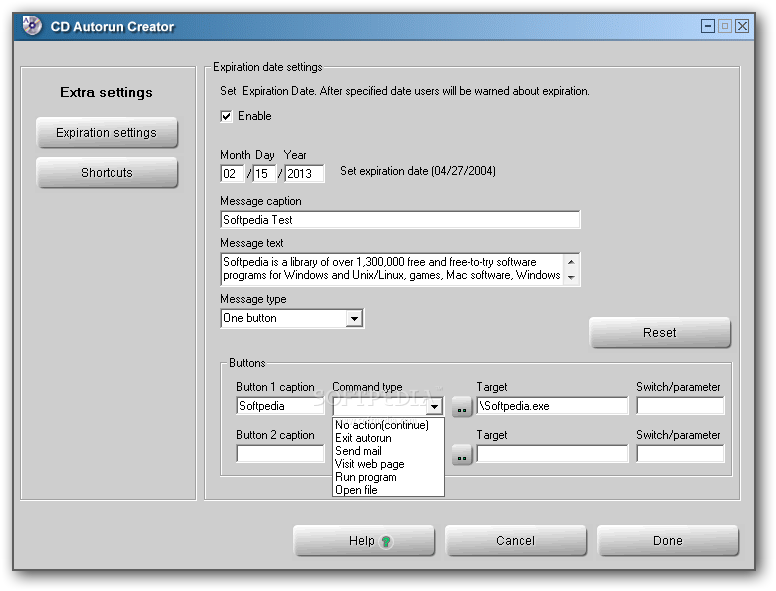
In the rest of the tutorial, we will show starting Python programs on boot with two examples: blink.py and clock.py. If you aren't familiar with the following concepts, we recommend checking out these tutorials before continuing:

If you would like a full desktop setup, we recommend the following: Suggested Reading If you plan to make a dashboard (or clock, as given by the example code in the next section), you will need a monitor and keyboard for your Pi. As such, it is a robust way to create and manage services that run in the background.Īt a bare minimum, you will need a Raspberry Pi, SD card, and power supply for this tutorial.

networking, graphical desktop), or simply restart your program over and over again until it works. It is definitely the most complicated of the three, but it allows you to run before LXDE starts, wait until you have access to other processes (e.g.

It's much harder to track down bugs in your code when it runs as part of the boot process. Other versions may affect how some of the steps in this guide are performed.īefore adding your program to any startup script, it's extremely important that you test it first on its own! Run it with just the python command to make sure there are no problems with your program. Notice: This tutorial was written with Raspbian version "June 2018" and Python version 3.5.3.


 0 kommentar(er)
0 kommentar(er)
